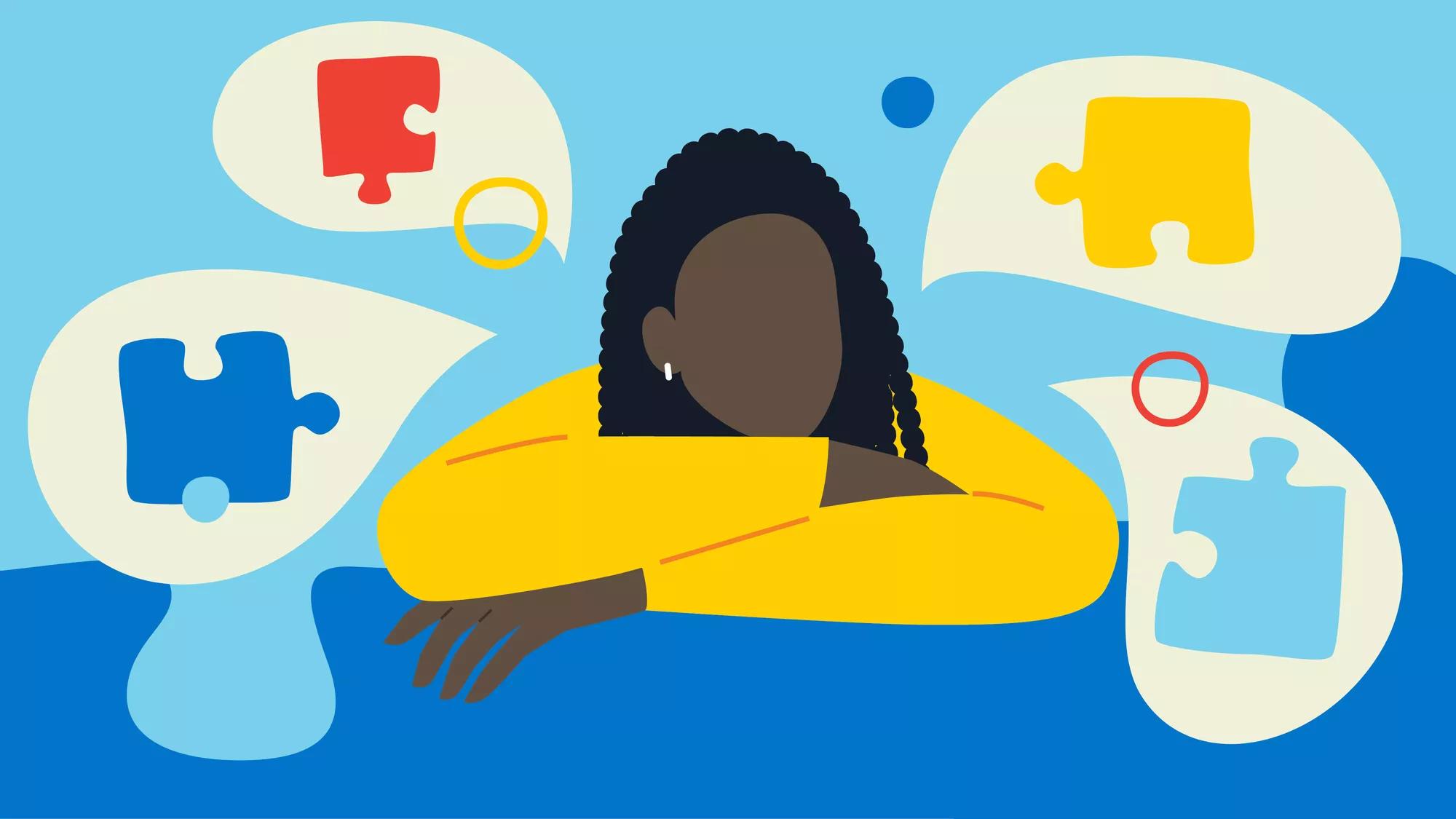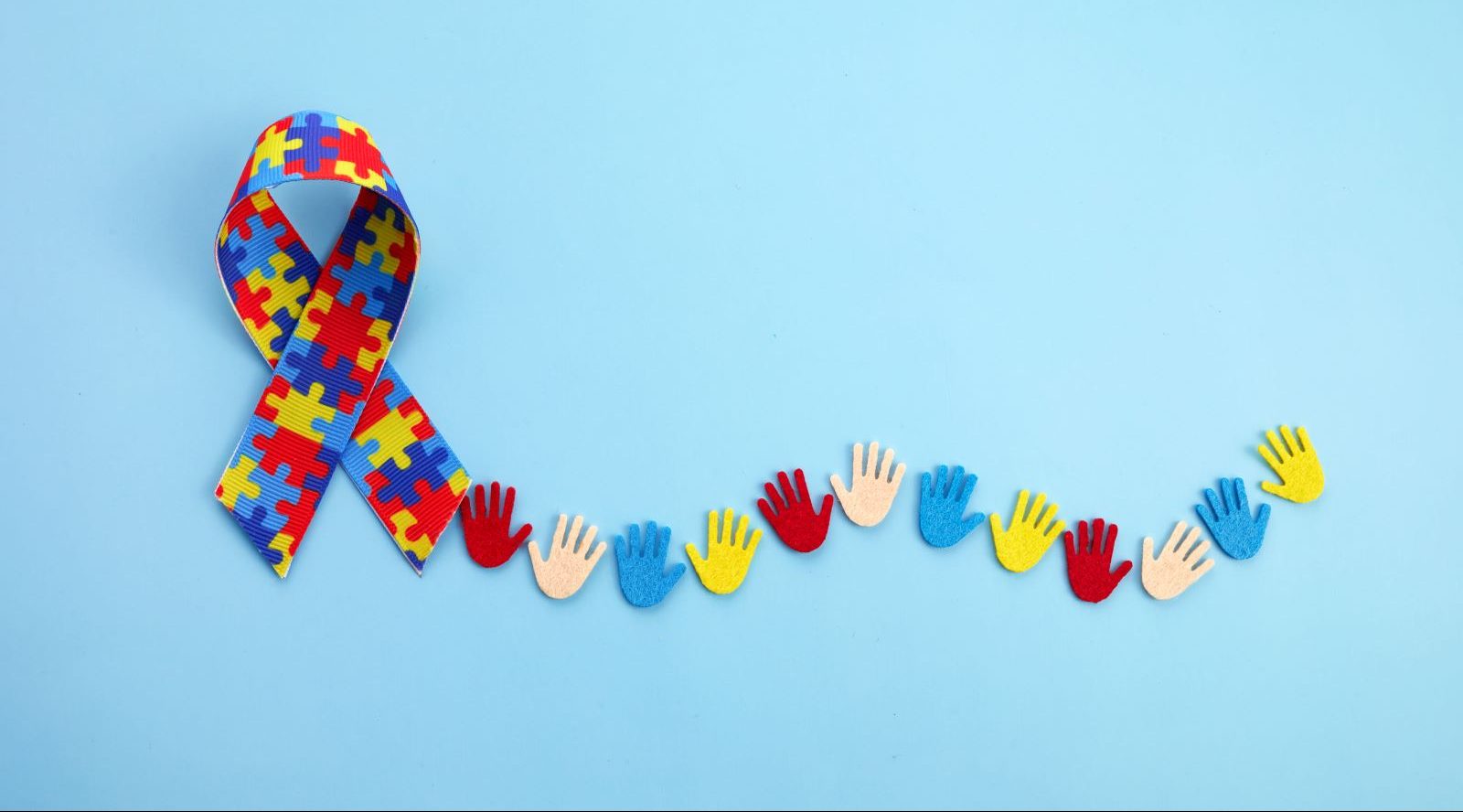Recognizing the Spectrum: A Comprehensive Overview to Autism Recognition
Discovering Autism: Approaches for Reliable Interaction and Communication
Effective communication and communication with individuals on the autism spectrum require a detailed understanding of their special demands and choices. Approaches such as using clear language, making use of aesthetic assistances, and cultivating regular regimens can dramatically boost involvement and lower anxiousness. Identifying the value of non-verbal hints and shared interests leads the means for significant connections. However, the details of these techniques expose further factors to consider that warrant exploration, specifically in just how they can be adapted to private experiences and diverse contexts. What might these adjustments appear like in technique?
Comprehending Autism Range Disorder
Autism Range Problem (ASD) includes an array of neurodevelopmental problems identified by challenges in social communication, interaction, and repetitive habits. The term "spectrum" mirrors the diverse indications and differing degrees of seriousness experienced by people with ASD. While some may display substantial disabilities, others may present high-functioning attributes, permitting greater self-reliance in life.
The beginning of ASD normally takes place in early childhood years, with indications usually identifiable by age 2. Very early indicators may consist of postponed speech growth, minimal eye contact, and difficulties in understanding social signs. Although the exact etiology of ASD remains uncertain, study recommends a mix of genetic and ecological factors plays a crucial function in its development.
People with ASD typically have one-of-a-kind toughness, such as increased interest to detail and outstanding memory abilities. They may struggle with understanding abstract concepts and taking care of adjustments to routine - autism. Consequently, interventions and assistance customized to specific requirements are crucial for fostering communication and social abilities. Acknowledging the intricacy of ASD is important for advertising awareness, acceptance, and reliable methods that promote meaningful communications with individuals on the range.

Importance of Clear Interaction
Efficient communication is crucial for cultivating understanding and link, especially for individuals with Autism Range Problem (ASD) Clear communication not just assists in social communications however also boosts the person's ability to share their thoughts, emotions, and requirements. For people with ASD, the subtleties of language can typically be testing; consequently, utilizing simple and distinct language is necessary.
Moreover, clear interaction assists lower frustration and anxiety that may occur from misunderstandings. When messages are conveyed in a direct and constant fashion, people with ASD are better outfitted to interpret info accurately, which can dramatically improve their social interaction and involvement in various settings.
Establishing regimens and making use of visual supports can better bolster clear communication. These methods supply people with predictable frameworks that aid understanding and retention of information. Furthermore, proactively being and paying attention person throughout communications advertises an encouraging atmosphere where people with ASD feel valued and comprehended.
Eventually, focusing on clear interaction not only encourages people with ASD yet also fosters more meaningful links with their peers, caretakers, and the wider area, leading the way for joint relationships and comprehensive communications. - autism
Non-Verbal Interaction Strategies
Interaction expands beyond words, and for people with Autism Range Problem (ASD), non-verbal hints play a considerable duty in interactions. Non-verbal interaction strategies can include faces, gestures, body language, and eye call, every one of which work as essential elements for conveying emotions and intentions.
Understanding and translating these non-verbal signals can boost communications with individuals with ASD. A warm smile or open pose can create an inviting ambience, encouraging engagement. In a similar way, making use of aesthetic help-- such as photo cards or signs-- can link communication spaces and aid share messages better.
It is also essential to be conscious of personal area, as individuals with ASD may have various convenience levels regarding closeness. Observing their reactions to physical closeness can inform proper changes.

Developing Supportive Settings
Producing a helpful setting is important for fostering positive communications and boosting the wellness of people with Autism Range Condition (ASD) Such environments can significantly lower stress and anxiety and produce a sense of safety and security, enabling individuals to share themselves much more freely.
To achieve this, it is important to think about sensory level of sensitivities that individuals with ASD might experience. Customizing the physical space to consist of soft lights, marginal history noise, and comfy seats can produce a calming atmosphere. In addition, utilizing regular regimens and clear visual schedules can aid individuals prepare for shifts and decrease uncertainty, additional promoting convenience.
Social rooms ought to be structured to lessen overwhelming stimuli while providing possibilities for involvement in recommended read activities. Assisting in areas marked for quiet time can likewise offer as a refuge throughout minutes of tension. Significantly, including elements of choice equips people, enabling them to exercise company in their atmosphere.

Encouraging Social Interactions
Promoting social communications among individuals with Autism Range Disorder (ASD) calls for deliberate methods that focus on convenience and involvement. Developing foreseeable routines can assist decrease anxiety, making social settings a lot more approachable. Producing structured settings with defined obligations and roles enables individuals to engage without the overwhelming stress of unstructured social dynamics.
Integrating rate of interests and staminas into social activities can act as a hop over to here driver for interaction. For instance, arranging team activities around shared pastimes or subjects of attraction can help with natural discussions and links. Additionally, using visual supports, such as photographic timetables or social scripts, can help in comprehending social hints and assumptions.
Designing proper social habits is essential - autism. Peers and adults ought to demonstrate effective communication techniques, including active listening and turn-taking. Role-playing scenarios can additionally provide a secure room for people to exercise these skills
Last but not least, cultivating peer partnerships via comprehensive methods is necessary. Motivating inclusive playdates or group outings can develop possibilities for socialization in a comfy setting. By executing these methods, caretakers and teachers can considerably enhance social communications for individuals with ASD, promoting their general social development and health.
Final Thought
In final thought, reliable read more interaction and communication strategies are vital for sustaining people with Autism Range Disorder. Ultimately, these techniques equip people with autism to browse social landscapes, promoting their overall well-being and allowing the advancement of enduring partnerships.
Reliable interaction and communication with people on the autism range demand a thorough understanding of their unique needs and preferences. Clear communication not just facilitates social interactions but also enhances the person's ability to share their demands, thoughts, and emotions.Fostering social communications amongst people with Autism Spectrum Disorder (ASD) requires willful approaches that focus on comfort and engagement. By implementing these caretakers, approaches and instructors can considerably enhance social communications for individuals with ASD, promoting their total social advancement and health.
In verdict, reliable communication and communication methods are vital for sustaining individuals with Autism Spectrum Condition.